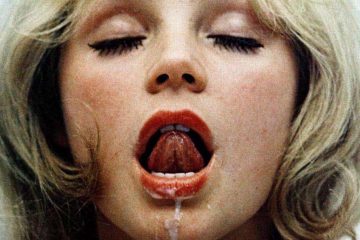Food Photographer Tells the Story of the Honey Bee
What is it about honey that we love so much? The dance it does with our taste buds, its sweetness melting in our mouths? The texture – somehow rough and soft at the same time? The sugar rush, a natural high flowing through the bloodstream? The tapestry of colors and flavors, jumping from dark amber to light citrus, orange to lavender?
Whatever the reason we love it so, honey does more than feed us; it honors the Earth. Honeybees, the makers of honey, help maintain the planet’s ecosystem and play an important role in creating food and shelter through pollination. They’re interesting too!
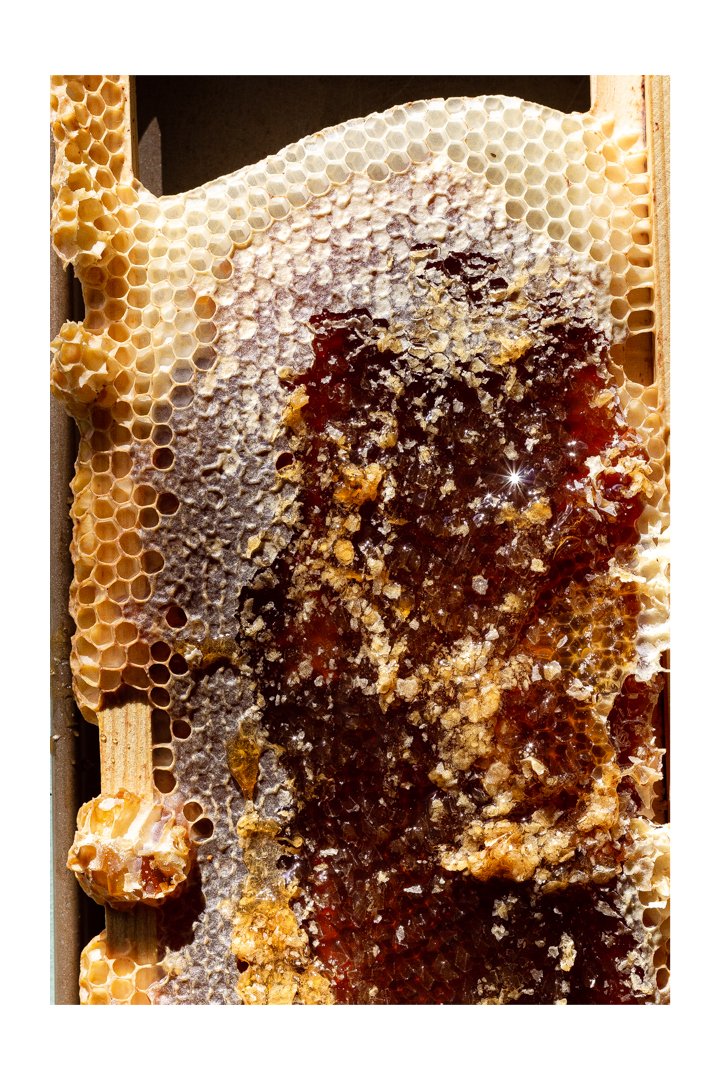
In the honeybee world, there are three hierarchy levels: The queen, the drones, and the honey workers. Each bee on each level has an important job to complete.
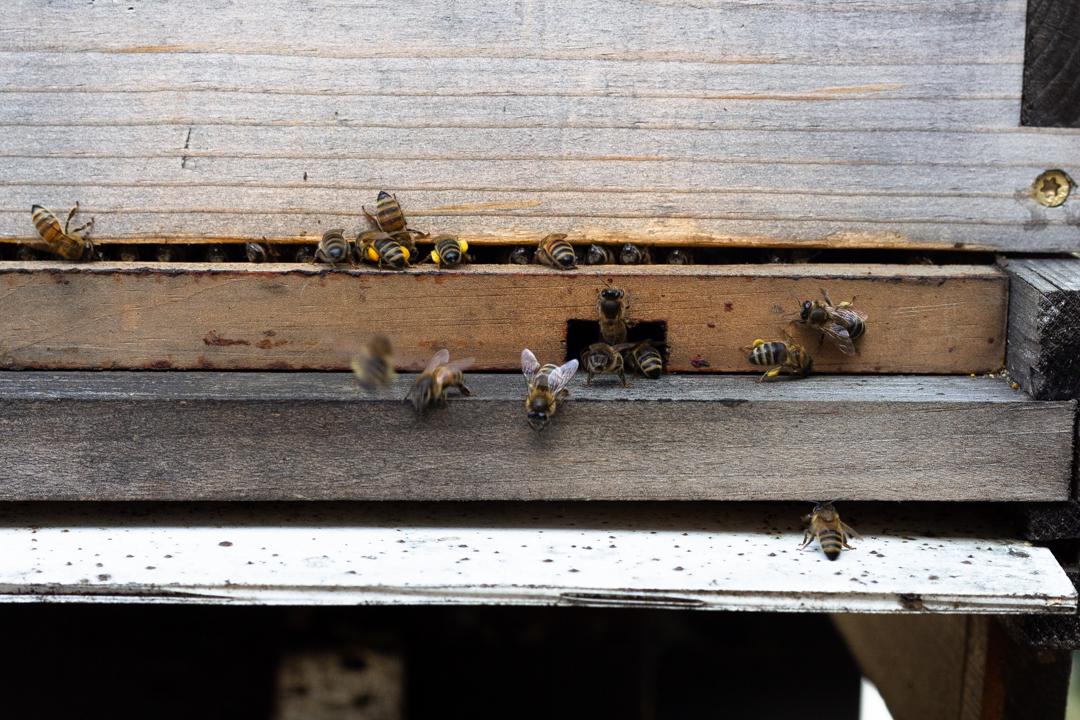
The queen is in charge (naturally) and her role is to unite the hive, keep things running, and lay eggs. The drones help with the latter as their role is to mate with the queen. The worker bees make the honey, flying from flower to flower and sucking out the nectar. They save it in their special stomachs and later pass it onto other bees once they’re back at the hive. This is an important step in the honey making process!
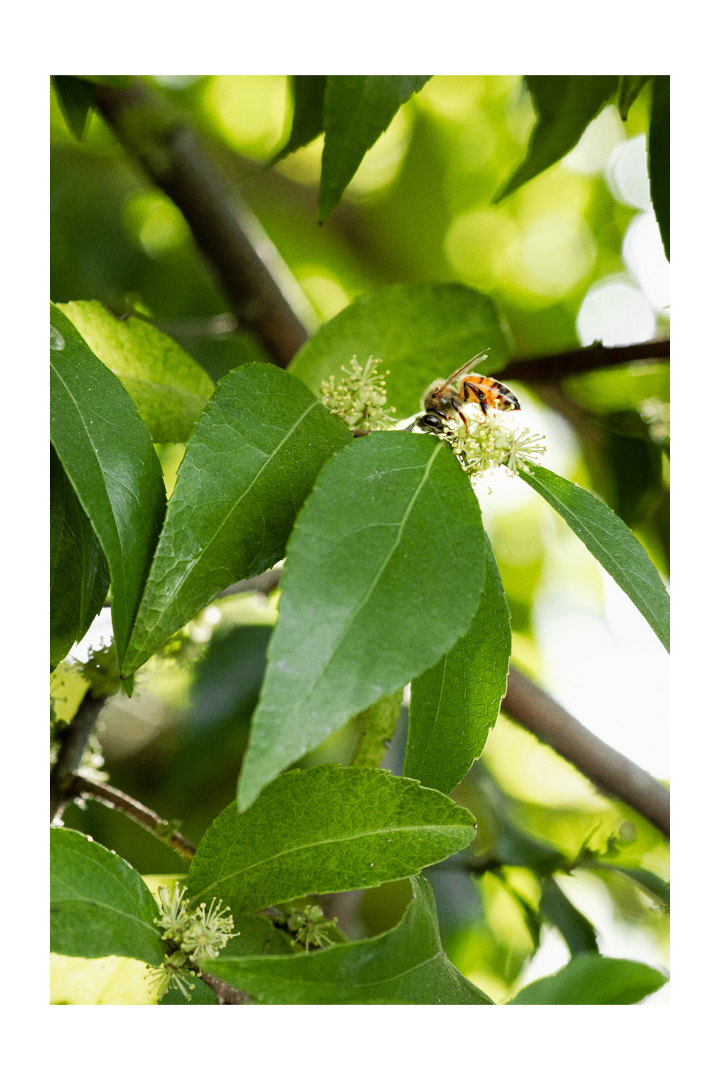
But bees don’t rely on nectar alone: They collect pollen too. While pollen may be an allergen for many of us, causing stuffy noses and watery eyes, it’s vital to the food chain. Bees use pollen to pollinate fruits and vegetables, everything from tangy cherries to crunchy almonds, from creamy avocadoes to sweet strawberries. Without pollinators, we would have far fewer food choices than we do now (and we’d have a hard time existing as a result). In fact, 80% of our crops require pollination.
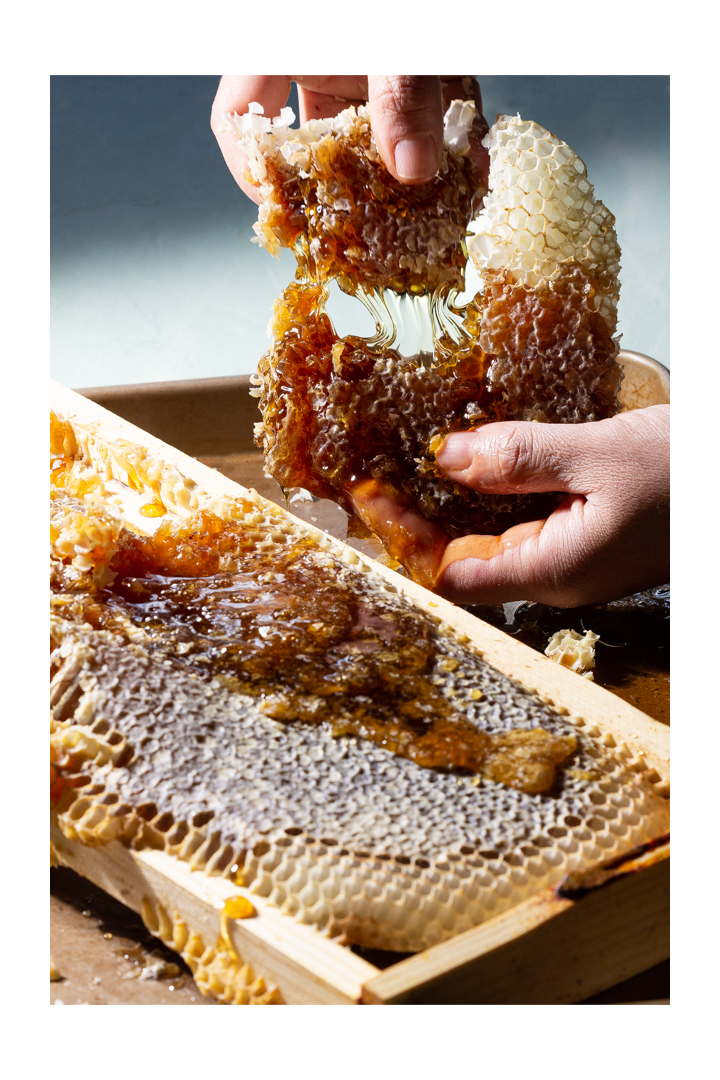
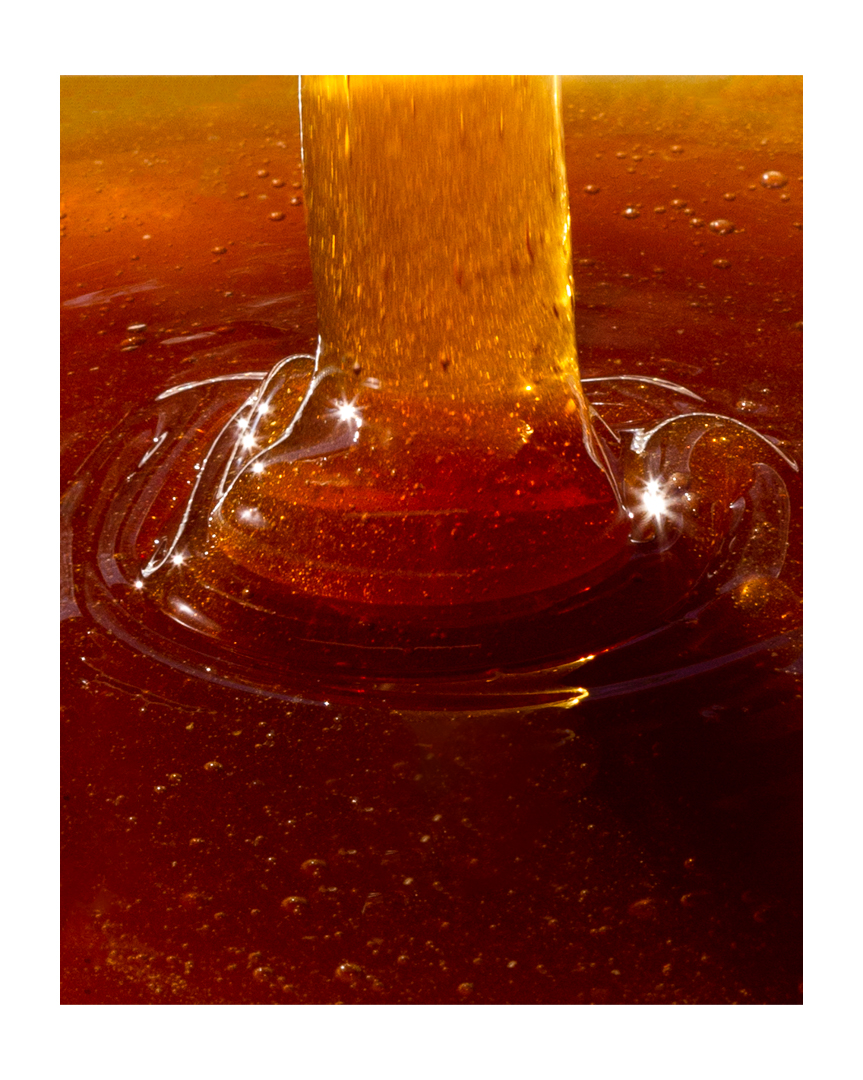
That’s why bees are so important; saving the bees means saving ourselves. In a world where bee populations are rapidly declining – due to bacteria, pesticides, and climate change – we must take initiative.
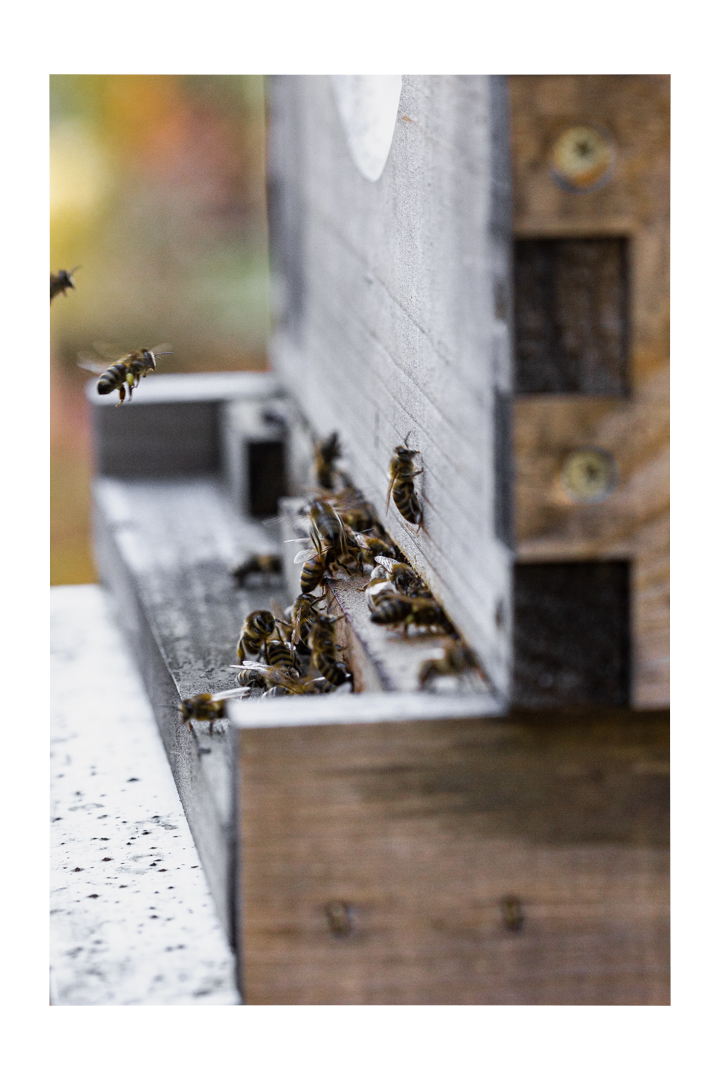
A few things we can do include eliminating pesticides in our home gardens and using organic means of pest control instead. We can also plant a 10X10 garden filled with different colors. This attracts bees as they see all colors with the exception of red and have a strong sense of smell. We can even teach our children the importance of bees; they do much more than sting!
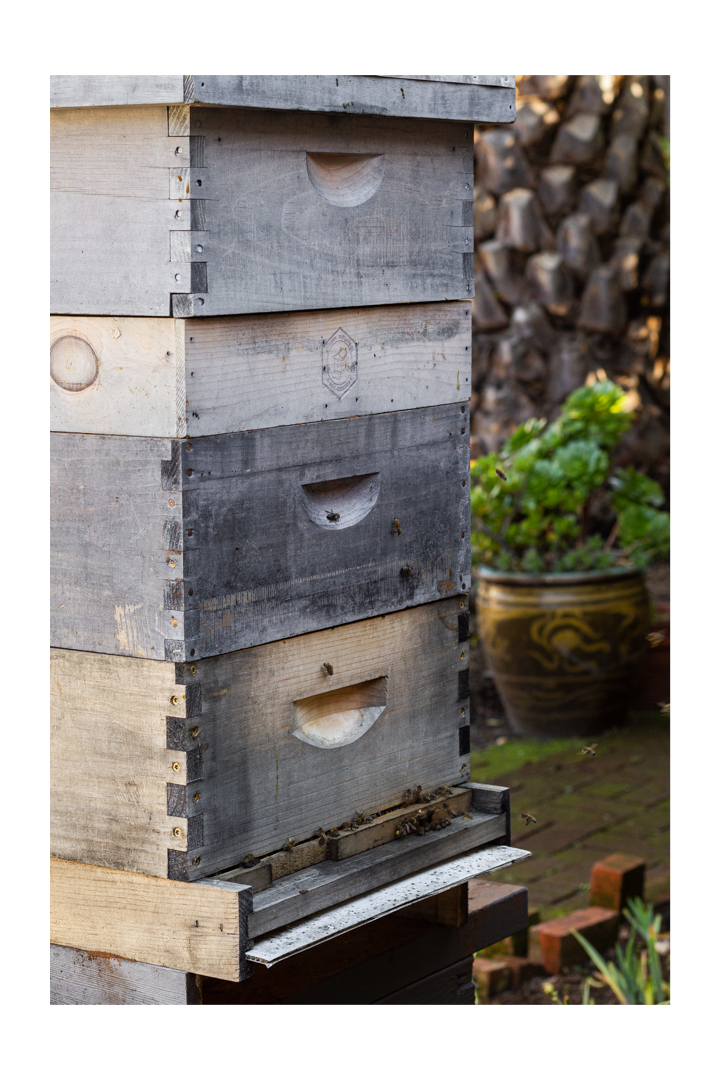
Honey is beautiful, nutritious and delicious. Drizzle plain Greek yogurt with couple of spoons of honey, top with almonds and roasted pumpkin seeds!
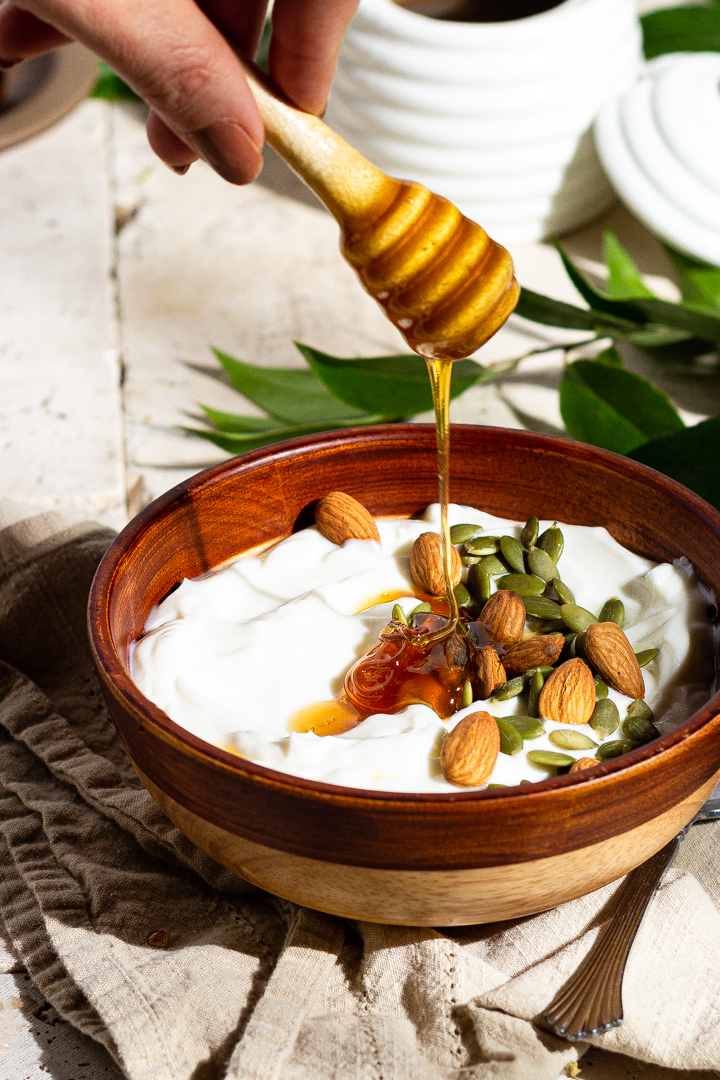
Next time we enjoy honey on our toast, cheese, or yogurt, let’s not forget that one honey bee works so hard and produces only 5 grams of honey in her lifetime! Let’s honor her hard work and commit to its survival. In the meantime, stay golden!
Lorena Masso is a food photographer based in San Francisco, you can view more of her photography here.







